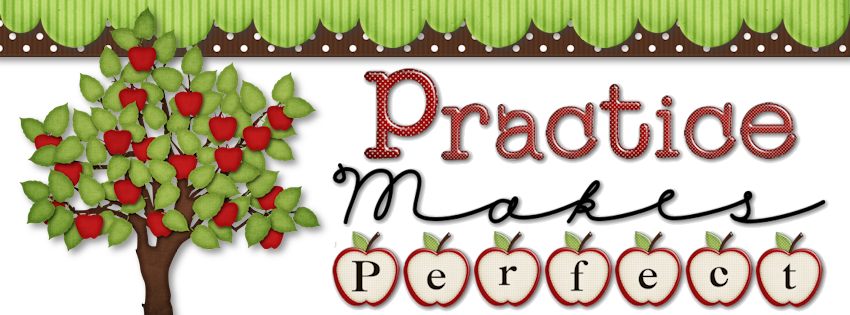A tens and ones place value board is a visual and interactive tool used to teach students about the concept of place value in two-digit numbers. It helps students understand how digits in a number represent different values based on their position. The board typically consists of a grid with two columns: one for the tens place and one for the ones place. Each column contains slots to place manipulatives, which are physical objects representing tens and ones. Common manipulatives used are base-10 blocks, where a rod represents ten units (tens) and a cube represents one unit (ones).
Introduction to Place Value: Start by explaining the concept of place value to the students. Emphasize that each digit in a number holds a different value based on its position in the number.
The Columns: Point out the two columns on the board. Label one column as "Tens" and the other as "Ones."
Representing Two-Digit Numbers: Begin with a simple two-digit number, like 27. Explain that the first digit, 2, goes in the "Tens" column, and the second digit, 7, goes in the "Ones" column.
Using Manipulatives: Show the students how to represent the number 27 using base-10 blocks. Place two rods (representing 20) in the "Tens" column and seven cubes (representing 7) in the "Ones" column.
Regrouping: Now, demonstrate regrouping with a larger number, like 45. Place four rods (representing 40) in the "Tens" column and five cubes (representing 5) in the "Ones" column.
Addition and Subtraction: Use the place value board to demonstrate addition and subtraction with two-digit numbers. For example, to add 27 + 15, place 27 on the board, then add 15 (one rod and five cubes) to it.
Expanded Form: Show the students how to write numbers in expanded form using the place value board. For example, for the number 34, they should write it as 30 + 4.
Word Problems: Introduce word problems that involve place value. Use the board to help students understand the numbers and the operations involved.
Independent Practice: Give the students exercises or problems to solve independently using the place value board. This will reinforce their understanding and application of place value concepts.
Assessment: Finally, use the place value board for assessment purposes. Ask students to represent numbers, perform operations, or solve problems using the board to gauge their comprehension.
The tens and ones place value board is an effective tool to make abstract concepts more concrete and help students build a solid foundation in understanding place value, which is crucial for further mathematical concepts.
Until next time...
You can download this FREE resource from my TpT store by clicking the picture below!
Until next time...



